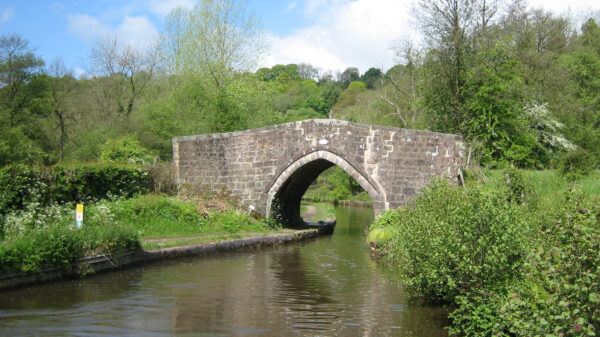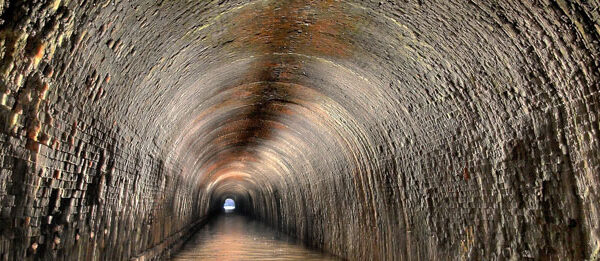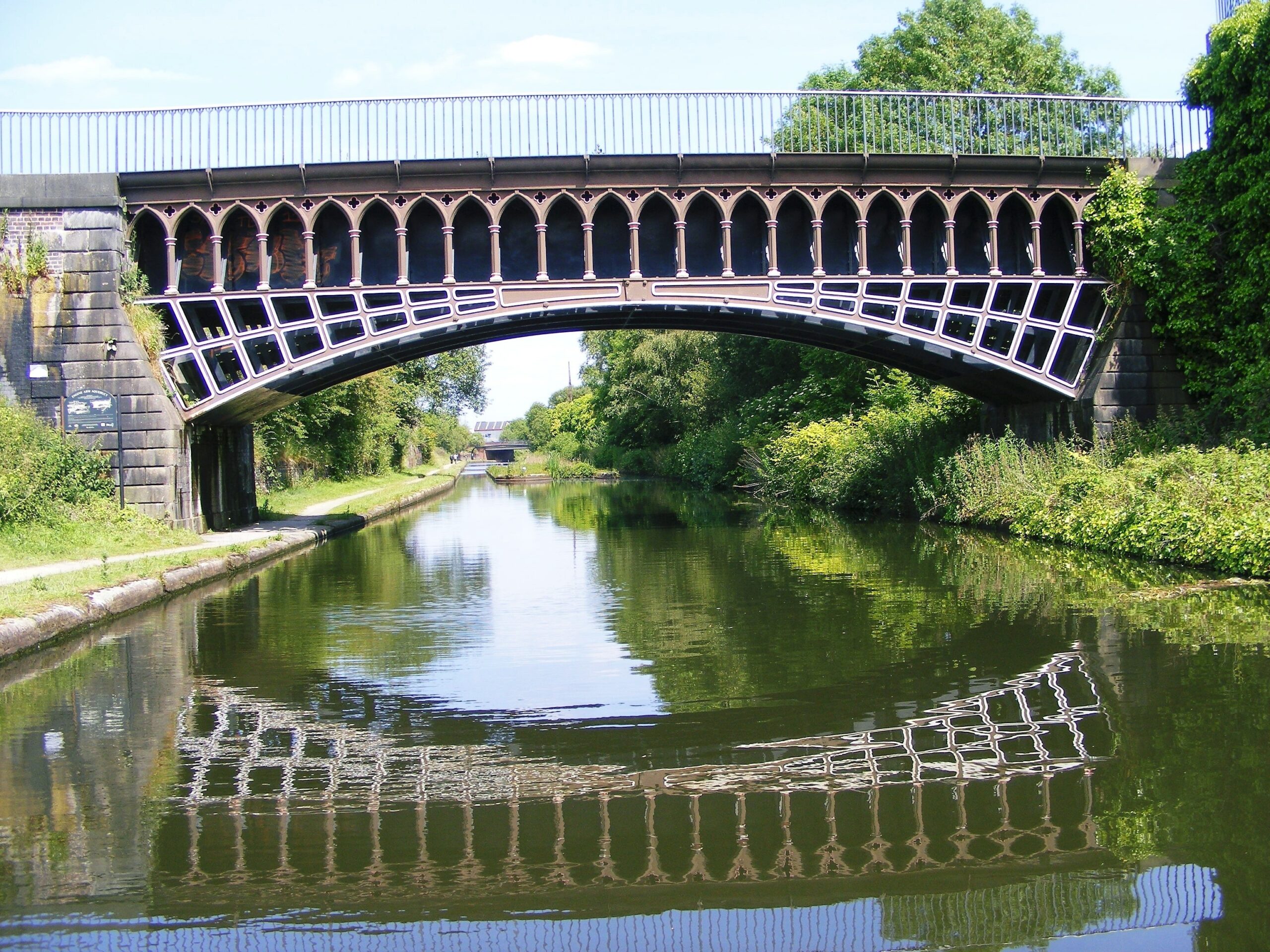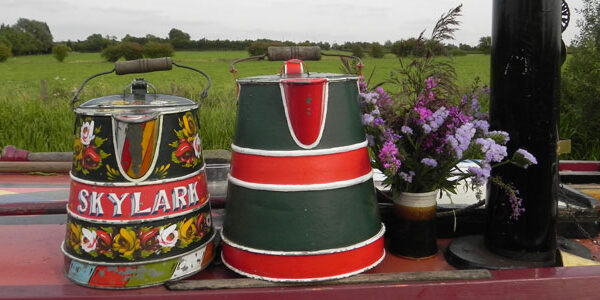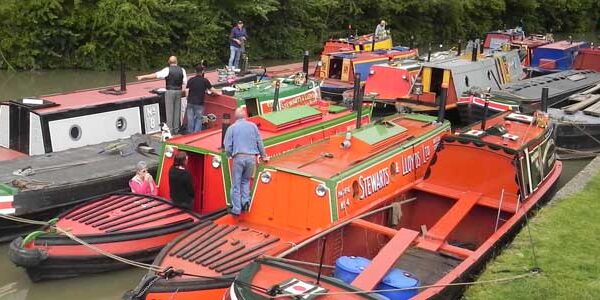A heritage of infrastructure
Britain’s waterways tell the story of our industrial past. The history of river navigation and canal building led to unique and diverse heritage features.
Originally canals were owned by different companies and each one designed locks and bridges in slightly different ways. Every canal has slightly differently designed lock mechanisms.

